|
If you are having trouble viewing this email, view online
|


|
|

|
|
|
|
The Innovation Review is the New York State Science & Technology Law Center's monthly newsletter, bringing information on a variety of economic, business, and technology related legal news as well as highlighting and profiling resources and events across the state.
|
|
|
|
|
|
|
|
|
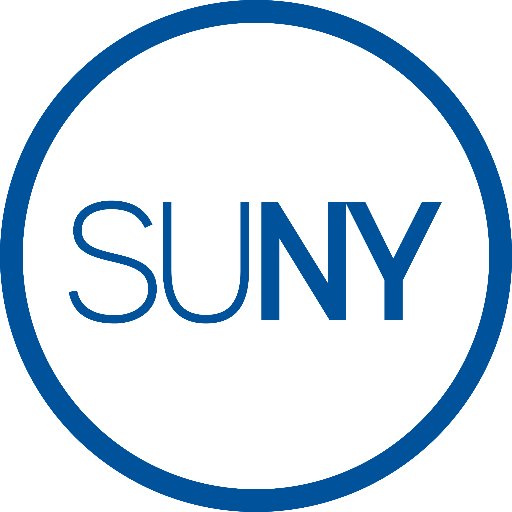
|
New SUNY Patents & Inventions Policy
Proposed changes to the Patents & Inventions Policy of the State University of New York (SUNY) were adopted and published in the Nov. 23, 2016 issue of the State Register (last page). SUNY operates over 30 educational institutions subject to the Policy, which was last amended in 1988. The proposed changes are intended to model best practices in innovation and technology transfer and comply with federal law regarding intellectual property rights. There are seven areas of change that reflect input from the SUNY faculty.
|
|

|
FCC Issues New Privacy Rules
In an attempt to protect consumer privacy, the FCC has released a new rule that regulates Internet Service Providers' (ISPs) access to private data. Previously, the FCC made privacy rules for phones and cable television but this is the first time the agency will hold high-speed internet providers to privacy restrictions. Before the new rule, broadband providers could track users, including their web browsing, app use, location and financial information, unless those individuals specifically told them to stop. Under the new rule, providers must first obtain permission from subscribers before tracking. For more information on the new rule, see the recent National Law Review article.
|
|
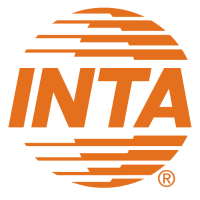
|
Avoiding Trademark Pitfalls
A recent trademark application rejected for registration illustrates the importance of creating marks that are not merely descriptive or likely to result in consumer confusion. In a recent case, the US Trademark Trial and Appeal Board upheld the rejection of the mark “CARS”, an acronym for “Curve Advisory Reporting System”. The product was described as “computer software used for capturing road data and determining safe curve speeds for automobiles.” Because its goods and services description used automobiles which is synonymous with cars, the registration was refused. The board affirmed the refusal on the basis “that consumers would see CARS and understand that the features of the hardware and software involve cars and are used in cars, making the CARS mark merely descriptive and un-registerable as a trademark.” For tips on selecting a potential trademark, visit the International Trademark Association (INTA) page.
|
|

|
USPTO Proposes Rule Recognizing Privilege Between Clients and Patent Practitioners
In March of this year, the Federal Circuit ordered the District Court for the Eastern District of Texas to withdraw an order compelling discovery of communications with non-attorney patent agents, effectively recognizing a patent agent privilege with the limitation that the privilege only applies “to the extent that communications fall within the patent agent’s scope-of-practice ‘as authorized by Congress.’” As of October 18, the USPTO has proposed an official change to the Rules of Practices before the Patent Trial and Appeal Board (PTAB) to officially recognize communications between non-attorney U.S. patent agents or foreign patent practitioners and their client as privileged. This amendment would be implemented in discovery proceedings before the PTAB. The rule would cover inter partes review, post-grant review, the transitional program for covered business method patents, and derivation proceedings.
|
|
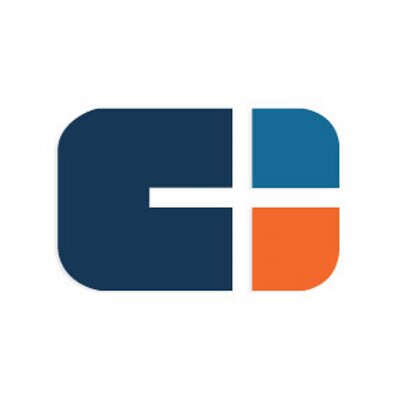
|
Why Do Startups Fail?
Predictive analytics assess historical data to try and predict what will happen next. This can be helpful when venture capital companies are considering investments in new companies. CB Insights, a data analytics company, collected and analyzed data from over 100 failed startups to identify the top 20 reasons why startups fail. At the top of the list was a lack of market need, reinforcing the importance of insuring that there are sufficient numbers of customers willing to pay money for the product or process.
|
|
|

|
USPTO Reevaluates Examination Time
The USPTO has approximately 8,400 patent examiners reviewing patent applications in hundreds of technology areas. Examiners have set time goals depending on the type of technology being evaluated and their experience levels. Acknowledging increased technological complexity, exponential growth of available prior art, the transition to the Cooperative Patent Classification system and changes in law and policy, the USPTO is conducting an Examination Time Analysis (ETA). The ETA is an effort to ensure that time goals for examiners reflect a realistic amount of time to conduct quality examinations. As part of the analysis, public comments are being sought by December 27.
|
|
|
|
Educational Opportunities
|
|
|
|
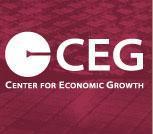
|
VentureB Innovation Series
On December 13, the Center for Economic Growth (CEG) will hold an hour and a half seminar on how to build financial estimates for start-ups. Hosted at the Tech Valley Center of Gravity in Troy, NY, this VentureB Innovation series will discuss the basic structure of financial documentation, but also the importance of making estimates, what should be considered, and the impact this has on raising funds. The event is meant to guide entrepreneurs, product & Technology start-ups, food & beverage manufacturing start-ups, and other start-up teams. For more information on how to register, click here.
|
|
|
|
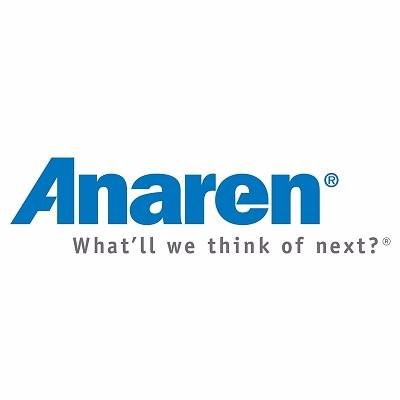
|
Anaren, Inc.
Anaren, Inc. is a designer, manufacturer and retailer of custom high frequency solutions and standard components for the wireless communications, space and defense electronics, wireless consumer electronics, and Internet of things markets based in East Syracuse, NY. The NYS STLC has completed two research projects for the company, in 2007 and in 2010. Anaren is broadening its scope both domestically and internationally
As of September 21, Anaren’s Space and Defense Group signed an exclusive distribution agreement , with the Pan-European distributor, Dimac Red of Biassono, Italy, providing promotion, distribution, and marketing of Anaren products throughout Europe. A few of the countries within Dimac Red's reach are France, Germany, United Kingdom, Spain, Belgium, and Switzerland. On the domestic front, Anaren Ceramics, a subsidiary of Anaren, Inc., received an order in November from a US Defense original equipment manufacturer for over $9.0 million of advanced microwave packages. The products will be used for an advanced airborne phased array radar application.
|
|
|
If you no longer wish to receive email communications such as this from the New York State Science & Technology Law Center, unsubscribe here.
310 Dineen Hall • Syracuse, NY 13244 • nysstlc@law.syr.edu • nysstlc.syr.edu
|
|
